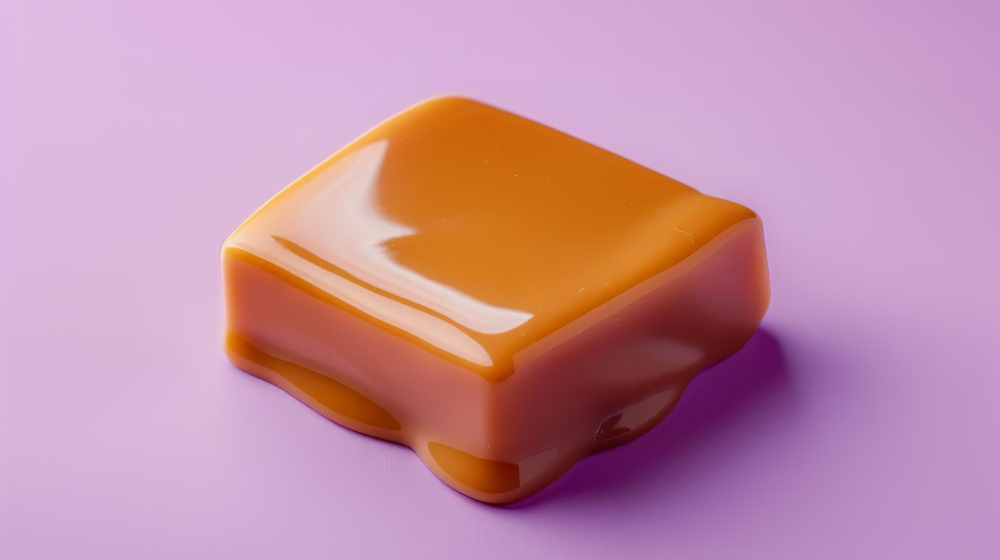Ever tried making caramel and ended up with a gooey mess instead of a satisfying, chewy treat? You’re not alone. Caramel has a mind of its own, and getting it to that desired texture can feel like an epic quest. Plenty of things can cause caramel to become too soft, and sometimes it’s a simple oversight that does the trick. Maybe you didn’t cook it long enough, or perhaps you took it off the heat too soon because you were afraid of burning it.
One major culprit of soft caramel is not reaching the right temperature. Failing to hit that sweet spot on the candy thermometer means the sugar didn’t get hot enough to set up properly. And let’s be honest, who isn’t a little suspicious of tiny kitchen tools telling us what to do? On top of that, your caramel could get sneaky and absorb too much moisture from the air, making it all melty.
Despite its unpredictability, getting that perfect caramel isn’t impossible. With a bit of patience and a sense of humor, you’ll gradually learn to conquer its wily ways. Keep a keen eye on your thermometer and maybe invest in a backup candy stash for when your caramel pulls a fast one on you.
The Sweet Science of Soft Caramels
Caramel’s softness is affected by its ingredients and cooking temperature. If you’re wondering why your caramels might resemble a sticky puddle, read on for sweet insights.
The Role of Ingredients
Your culinary toolkit includes sugar, water, and kindness—just kidding on the kindness, but sugar is definitely key. Basically, a lot of sugar helps trap moisture, keeping things chewy instead of rock-like.
Butter and cream are the real MVPs here. They hang out in the mixture, stopping big sugar crystals from crashing the party. If you’re using corn syrup or molasses, even better—it helps everything stick together smoothly. Wondering why your caramels are softer than your cousin’s jokes? It might just be the ingredients standing in solidarity.
Sticky Temperature Troubles
Temperature—that unpredictable mix between best friendship and cautionary tale. A candy thermometer? Your new BFF in caramel making. By now, you’ve realized that magic happens around 240°F (115°C). Earlier bailouts leave you with mushy messes.
Letting things get too hot means picking shards of overly-hard caramel out of your teeth. Ouch! So, whether you use granulated or brown sugar, that thermometer keeps you golden. Whether weather, altitude, or rogue kitchen drafts, make sure to adjust. A little technical, yes, but pretty sweet once you get it right.
Mastering the Caramel Craft
Making caramel can be quite the adventure. Whether crafting a smooth caramel sauce or toughening up caramel candy, avoiding mishaps like crystallization ensures a smooth experience. Equipping yourself with the right tools can make your caramel-making journey even sweeter.
Crystallization: The Crunchy Culprit
Imagine crafting the perfect caramel sauce, only for it to turn into a grainy mess. Crystallization is to blame. This happens when sugar goes rogue, forming unwanted crystals. To keep your caramel smoother than a jazz saxophone solo, avoid stirring the sugar syrup once it starts bubbling.
Adding a bit of acid like lemon juice can help stabilize the mixture, preventing those sneaky crystals. Quit whisking like a maniac and let the sugar do its thing. Also, use a clean pot since dirt attracts sugar like ants to a picnic. Cover your pan with a lid for a couple of minutes to let steam wash down the sides and prevent sugar from sticking around.
Tools of the Trade
Without the right gear, you might find yourself in a sticky situation. A candy thermometer is essential for nailing that perfect amber color. Aim for about 340°F (or a tasty golden syrup). Use a baking pan lined with parchment paper for easy cooling.
Store your caramel creations in an airtight container to maintain their gooey goodness. Whether you prefer to soften caramel or keep it rock-solid, proper storage is key. With these tools in hand, you’re ready to tame the caramel beast and maybe even become the next caramel whisperer.
